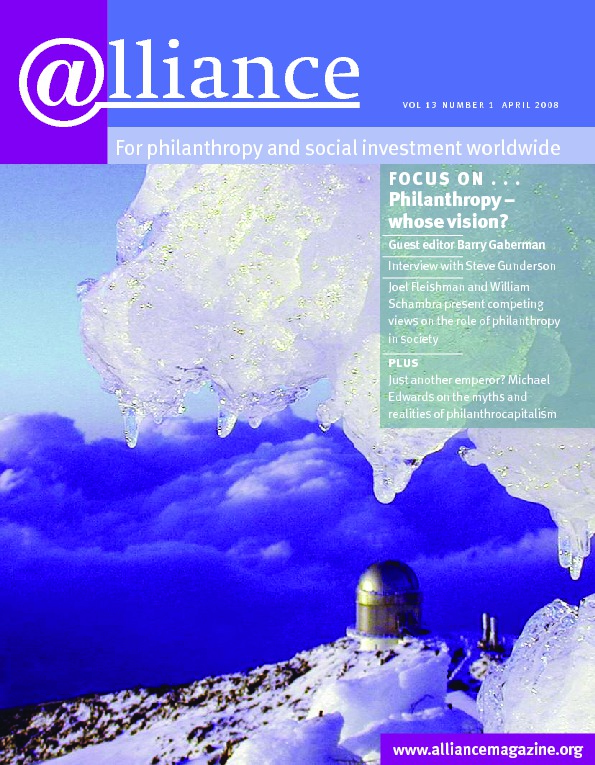The Sabancı Foundation was founded in 1974 just after the beginning of Turkey’s second golden age of philanthropy – the first being during the Ottoman Era. Now, its new strategic direction suggests it might be the first mover in creating a third. Sabanci’s decision to add strategic programmes in the areas of youth, women and handicapped people signals a decisive step in a new direction, quite different from their standard activities, such as building institutions and giving scholarships and awards, which are similar to those of other traditional Turkish foundations. Deciding to become a grantmaker is another big step, as no Turkish foundations currently make grants.
The Sabancı Foundation was established by the late Hacı Ömer Sabancı (founding father of the Sabancı Holding, now one of the largest conglomerates in Turkey) with a motto of ‘giving what this land has given to us back to its people’. Today it is one of Turkey’s top five foundations, with an estimated $700 million in assets. Since 1974, it has invested over $1 billion in building institutions (over 120 schools and social facilities, including Sabancı University) and giving scholarships (32,000 to date) and awards (650 for outstanding achievements in culture, education and sports).
In late 2006, the Foundation decided to evaluate its current direction and devise a new path for the future. After a strategic assessment of the current landscape and meetings with over 100 stakeholders to discuss Turkey’s main challenges in education, social and economic development and civil society, the decision was taken to expand its programming in three new areas: youth (the 15-19 age group comprises almost 30 per cent of the population), handicapped people and women – an area Sabancı has recently become more active in through participation in the UN Joint Programme. Most of this year will be spent on programme design, but the Foundation plans to begin work in the field by late 2008 or early 2009.
Alongside its new programme strategy, Sabanci will start to apply new ‘tools’ like grantmaking and partnerships with national and international organizations and foundations – another pioneering step. Monitoring and evaluation will also be part of building effective programme management capacity.
While Sabancı’s shift towards a more ‘strategic’ approach to philanthropy may be a small step in the context of the global foundation sector, it is a big step for Turkey. Hopefully, other Turkish foundations will follow this lead.
For more information
http://www.sabancivakfi.org
http://www.sabancivakfi.org






Comments (0)